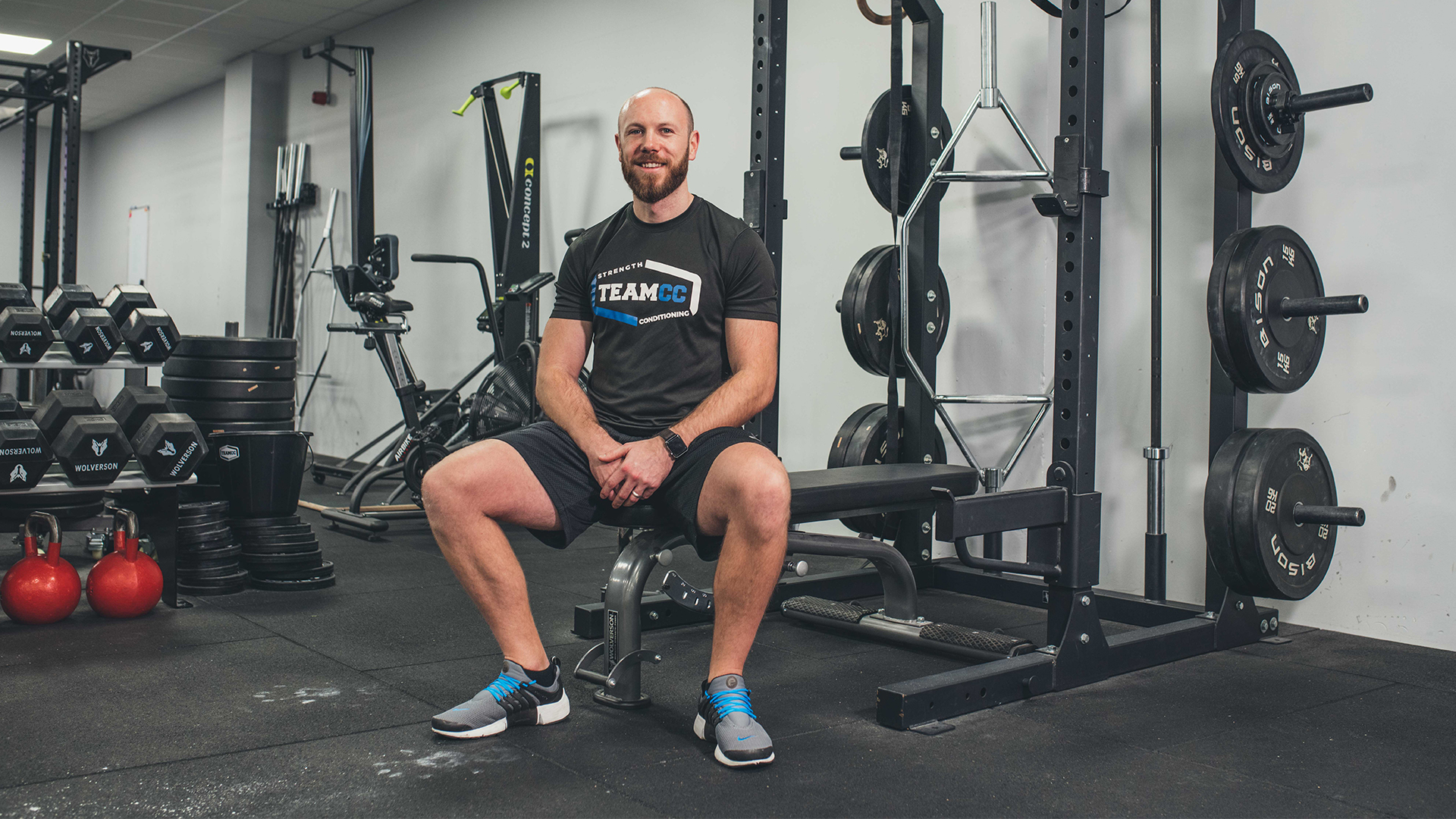
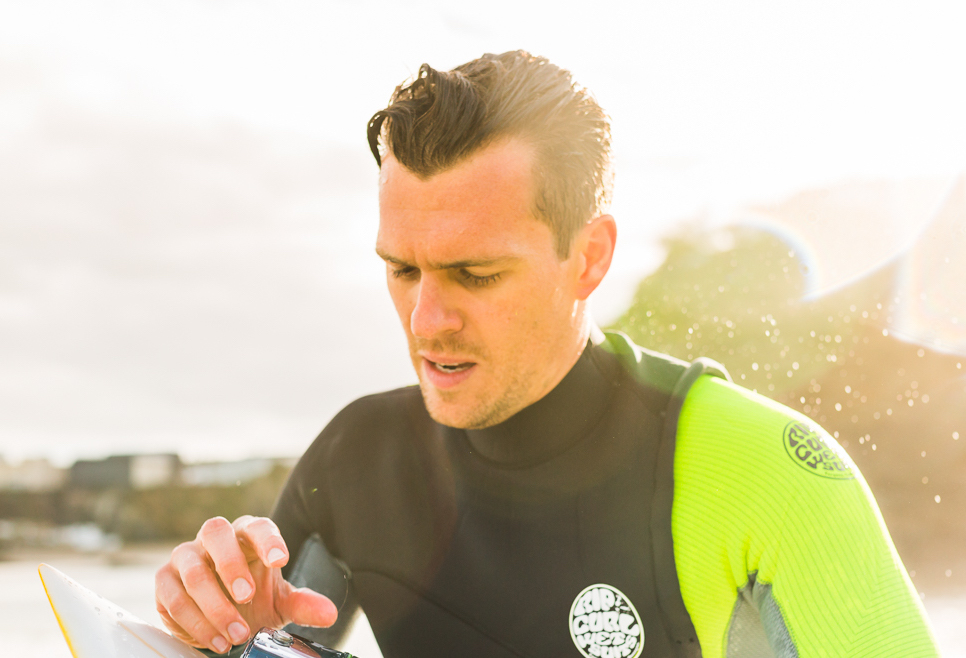
Want to get stronger? If you think strength training, it is likely that your mind wanders towards red-faced individuals in tight-fitting garments attempting to lift ludicrous weights and grunting a lot. But that's just me. No, not just me, but this is the scene for many gym-goers. However, strength training need not be about getting 'swole', 'bench' or 'totally ripped', because it is also forms the very basis of any workout routine that is based around progress.
In order to build muscle, change your body shape or increase the amount of weight you can shift, you must first challenge your muscle fibres, pushing them to tear and, if you are eating correctly, build healthier and stronger mass overall.
• How to get stronger – our #1 tip
"Training to develop your strength is a great way to ensure that you continue to get results in the long term. It means you’re continually boosting your ability to challenge your body with heavier weights and makes it much more likely to build muscle," says Russell Jolley, MSc ASCC and Director of TeamCC Strength and Conditioning Training gyms.
"That said, you need to be patient and get technique right from the beginning in order to get the best results. The key is increasing the load in regular small steps, a little extra weight each week will add up to big improvements in strength and muscle a lot quicker than you’d think," he adds.
Take a look at Russell's simple but hugely effective strength training guide for beginners below, which has been designed for those poking a tentative toe into the world of lifting weights.
- Get fit at home with the best weights, running machines and more
- To do this workout, you'll need a barbell. Get 'em here.
- A top weights bench is also important. We've got your back.
Before you start the strength training for beginners workout
"When you’re starting out, the best kind of programme for all-round strength and muscle gain includes three full body sessions per week. That gives your muscles plenty of training to challenge them to develop, while also giving your body enough time to recover and actually do the building to achieve the growth and progression you desire," says Russell.
Sign up to the T3 newsletter for smarter living straight to your inbox
Get all the latest news, reviews, deals and buying guides on gorgeous tech, home and active products from the T3 experts
In other words, don't over do it. Many people throw themselves into a new workout with vigour, lifting weights that are far too heavy and not allowing enough rest days in between.
This is hugely counter-productive, as it is highly likely you will cause an injury or you will simply burnout and not have enough energy for the next session. This can also be due to a poor diet or not getting enough of the key nutrients required for repair and muscle building.
Ensure you are eating a balanced diet with plenty of protein and good carbohydrates (whole carbohydrates from natural foods, rather than sugar and refined carbs), while looking towards protein powders and fitness supplements can also help bulk up a balanced diet.
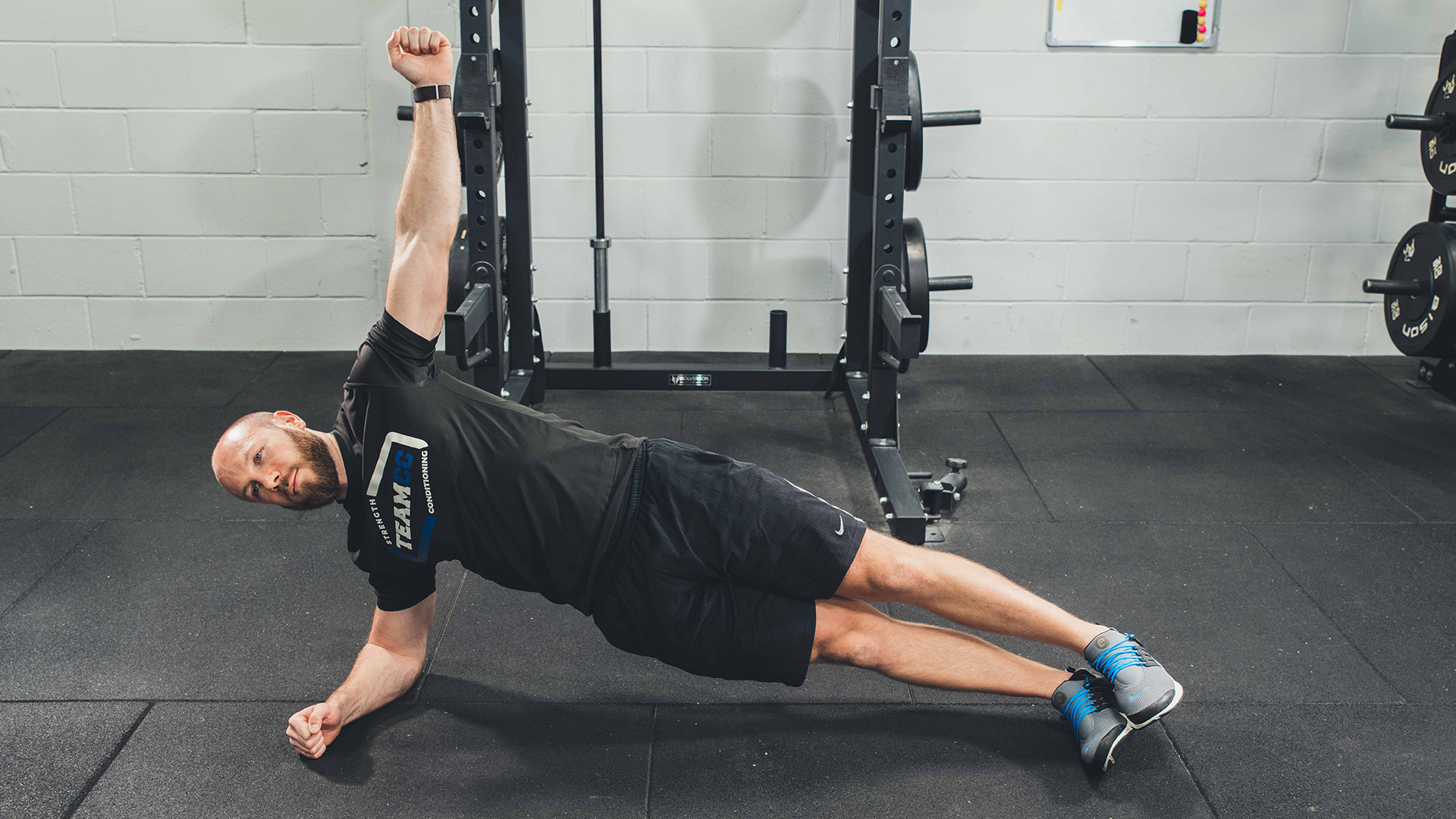
TeamCC's Russell Jolley demonstrates his warm-up routine
- Before you start, check out this guide to the bent-over row
- Also, here's a guide on correct squat form
Now warm up
This workout is best performed in a local gym, as you will need a barbell, weight plates, bench and a squat rack or a suitable area to place said set-up when you are not using them.
All of this stuff can be purchased for the home and if you've got enough space, it can be very beneficial to create a little home gym area with a basic rack and barbell combination. You won't have to look at or listen to other gurning gym-goers, for a start.
When it is time to begin, ensure you raise the heart rate and body temperature with 5-10 minutes on the static bike or rowing machine. If this equipment isn't available, grab a skipping rope or perform a dynamic warm-up by incorporating star jumps, jogging on the spot and shadow boxing, for example.
Following that, Russell suggests performing these three simple bodyweight exercises for three rounds of five repetitions.
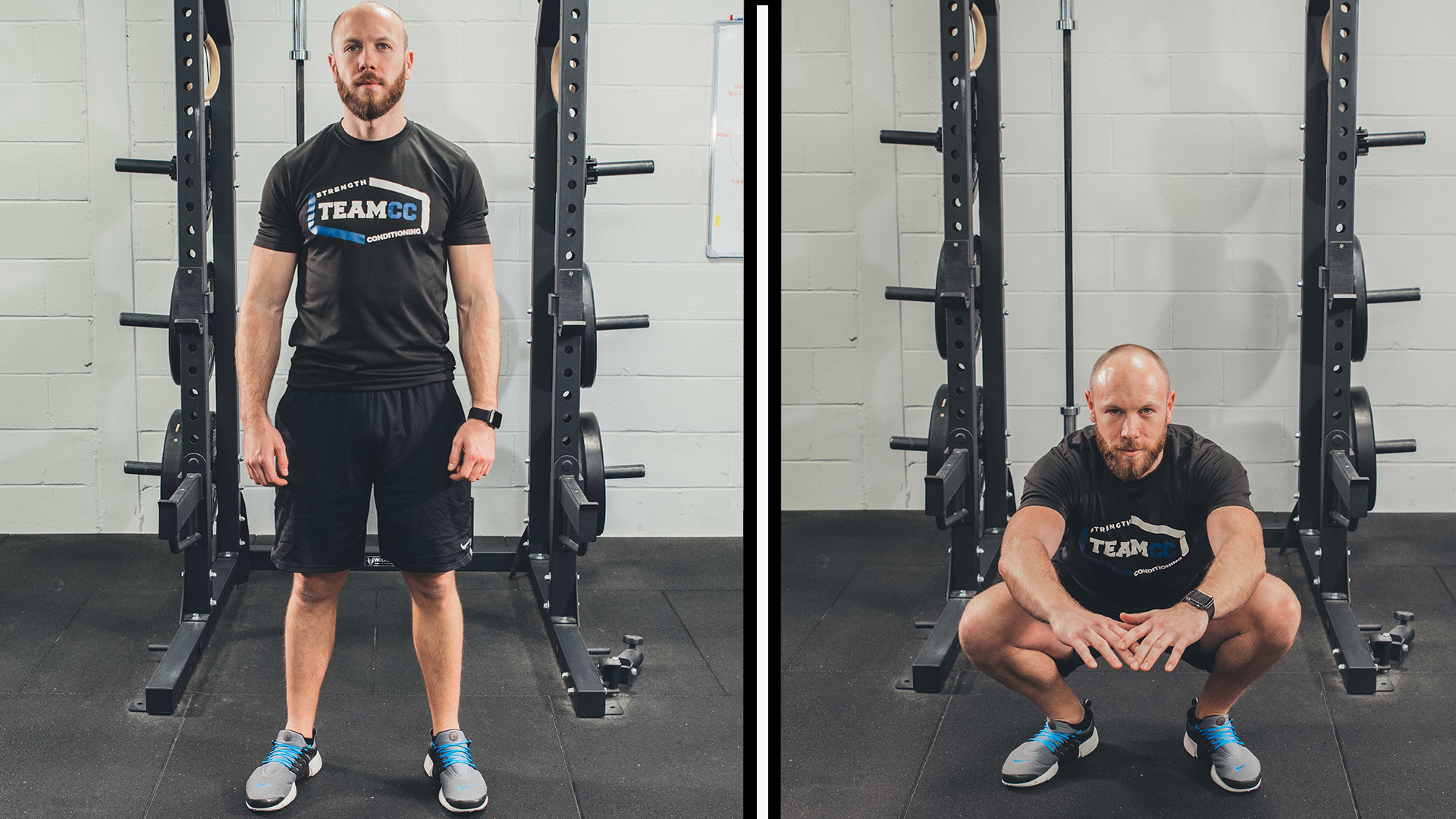
The bodyweight squat
Bodyweight Squat
Stand with feet hip-width apart, arms resting by your sides. Lower the torso by hinging at the hips, sticking your butt out and keeping the back nice and flat.
Try and pinch the shoulder blades back and down towards your back pockets throughout the movement. When entering the lower portion of the exercise, bring your arms out in front of you for balance but try not to round the shoulders.
Pause at the bottom of the move for five seconds, keeping everything tight, before driving through the heels to the start of the movement.
Avoid the knees hovering over the toes at the lowest portion of the move (this means you aren't hinging at the hips properly) and keep the chin high to promote good posture.
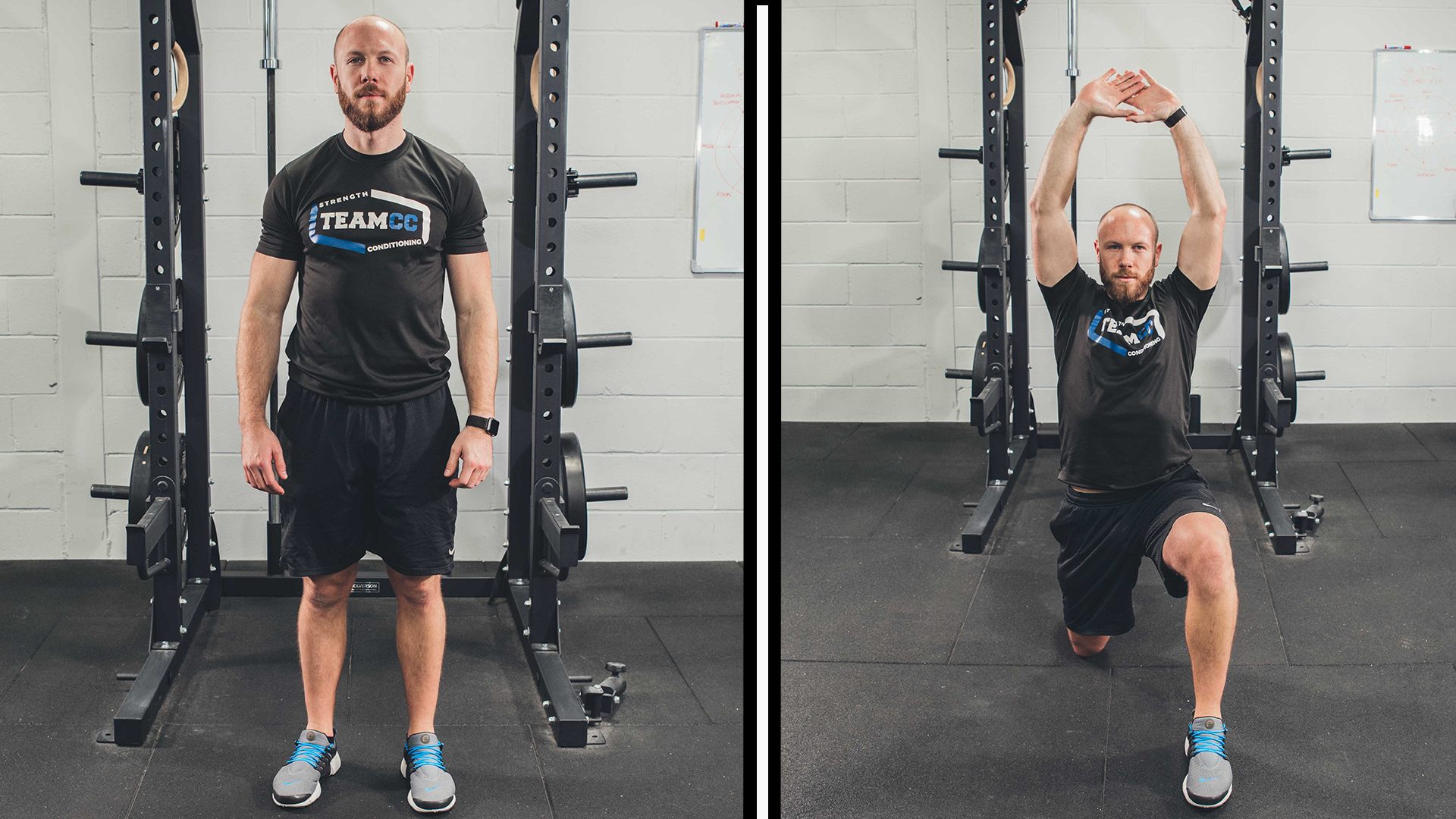
The lunge, TeamCC style
Lunge
Again, start feet hip-width apart. Step forward with your right leg and simultaneously lower the knee of the back leg towards the floor. As in Russell's demonstration, his left thigh is at a perfect right angle with the floor and the knee of his leading leg isn't hovering over the toes.
For a better stretch, keep the lowered knee on the ground and each high with your arms, pausing in this position for a few seconds before returning to the start and swapping legs.
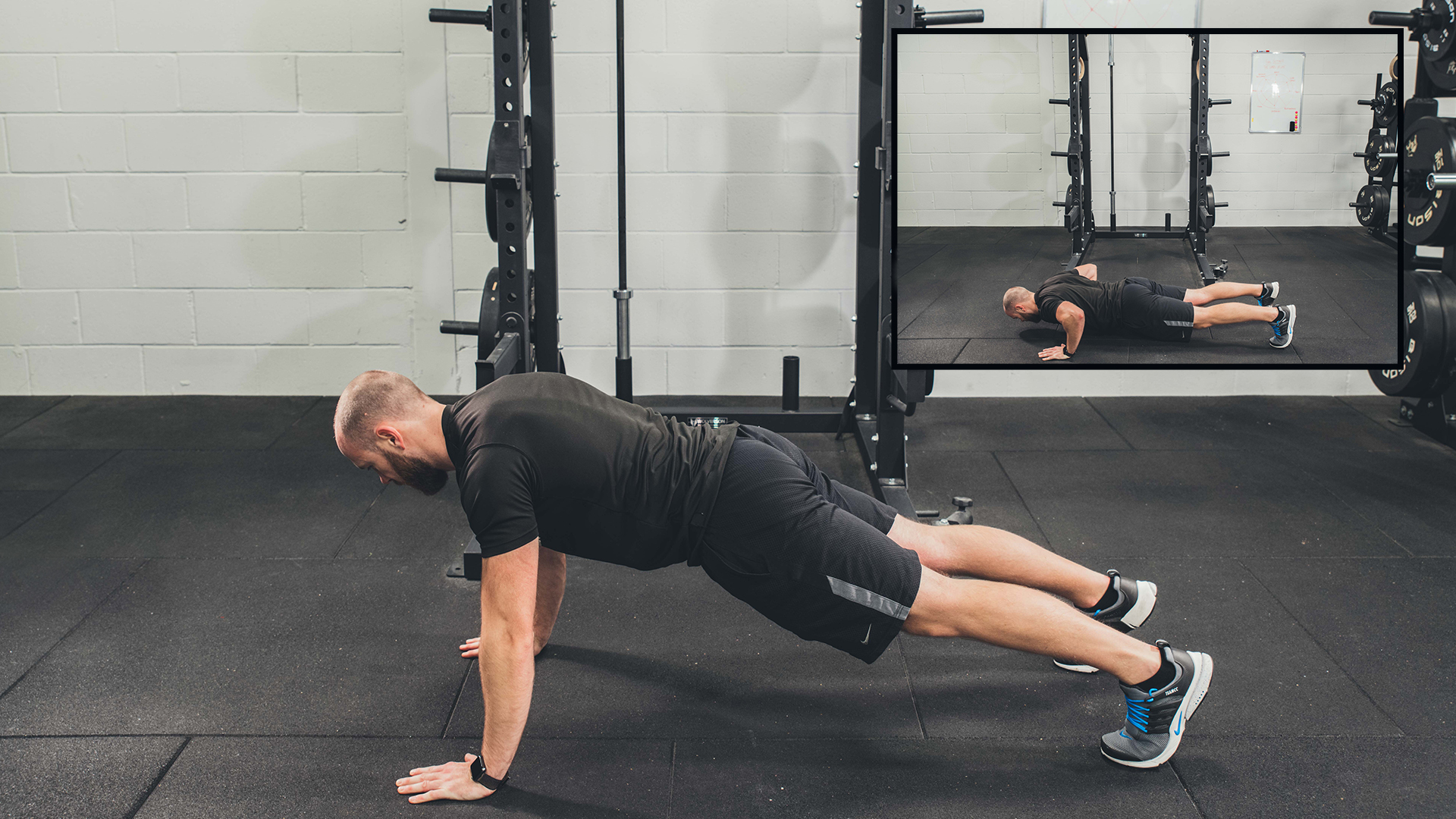
The press-up
Press-up
This is one of the oldest exercises in the book, but it is amazing at how many people get it wrong. We've got a rather extensive guider here that looks at almost every press-up/push-up variation, so take a look if you are unsure.
- Is THIS the best core exercise ever?
- Want a full body workout without breaking the bank? TRX kettlebells are the best we've ever used
- Get a six pack fast (but not so easy) with THE hardest abs, biceps and core exercise
The strength training for beginners workout
"Now your body temperature is raised and you’ve done some basic movements, you’re ready to start your strength training," says Russell.
"However, while you’re building your skill and experience, you should aim to take at least five seconds on the lowering portion of the lifts mentioned below to ensure you control the bar and you get the best stimulus for your muscles to grow," he adds.
Complete four sets of eight of each exercises for a great full body strength session
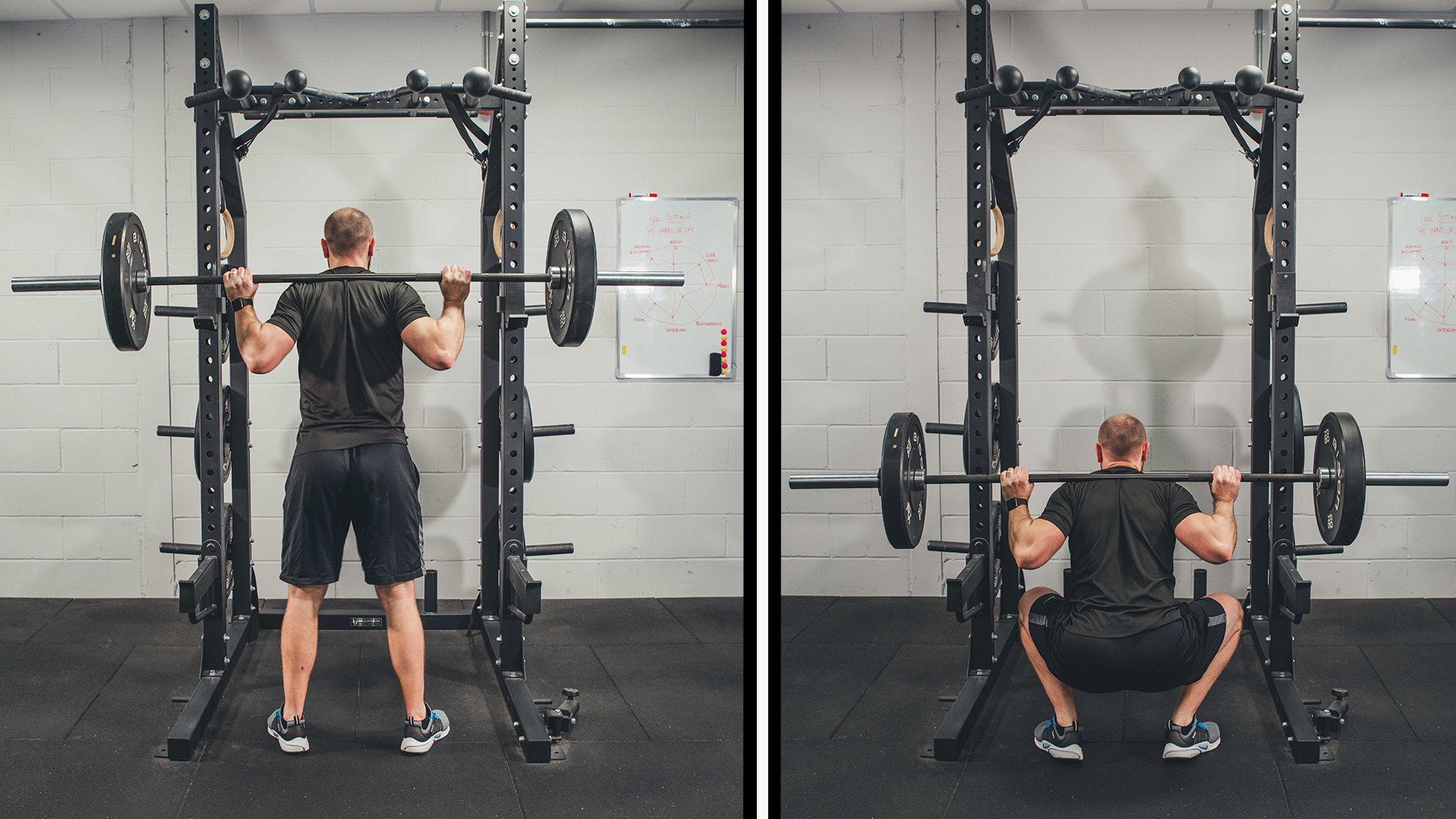
The Barbell Back Squat
Barbell Back Squat
Pick an easy weight to begin with or just go with a bar (these are typically 20kg, anyway). Place the bar across your shoulders, set your feet slightly wider than shoulder width, turn them out a little and keep soles flat on the floor for the entirety of the rep.
Take a big breath and hold it while you descend to the bottom of the rep. Keeping your back flat and chest up, aim to lower until your hip crease is level with your knees. Then drive back up again through the heels.
That's one rep, buddy.
- Best cheap protein powder deals
- Best cheap creatine deals
- Best cheap pre workout deals
- Best dumbbells for your home
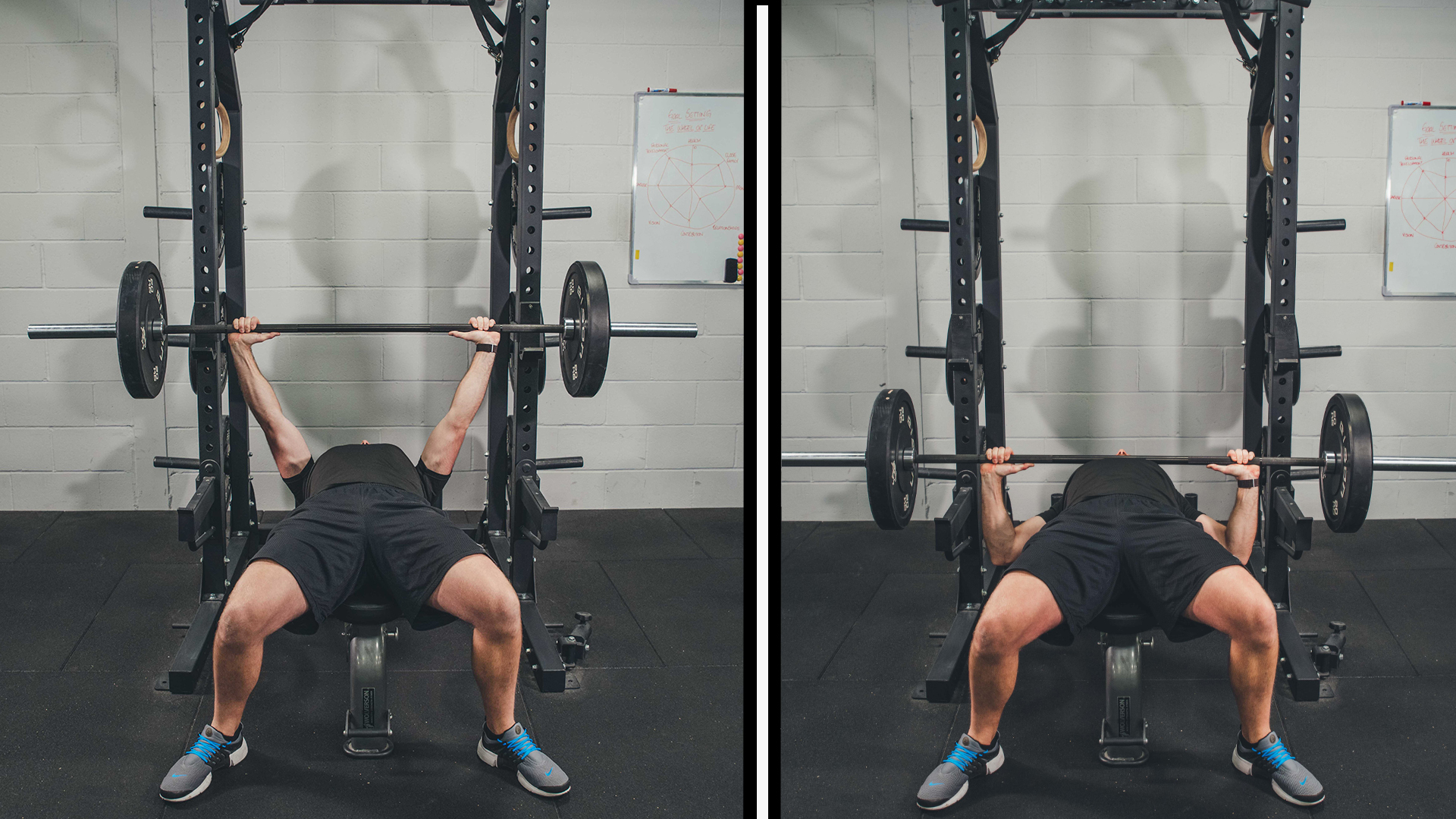
Russell demonstrating good bench press form
Bench Press
Lay on the bench with your feet firmly on the floor and grip the bar slightly wider than shoulder width. Lift the bar out of the rack and hold it locked out while you take a big breath.
Lower the bar to touch your chest at the bottom of your pecs and drive the bar back up again. Don't flare the elbows outward during the lowering portion, but instead focus on keeping them pinned to the sides - or as close as comfortable.
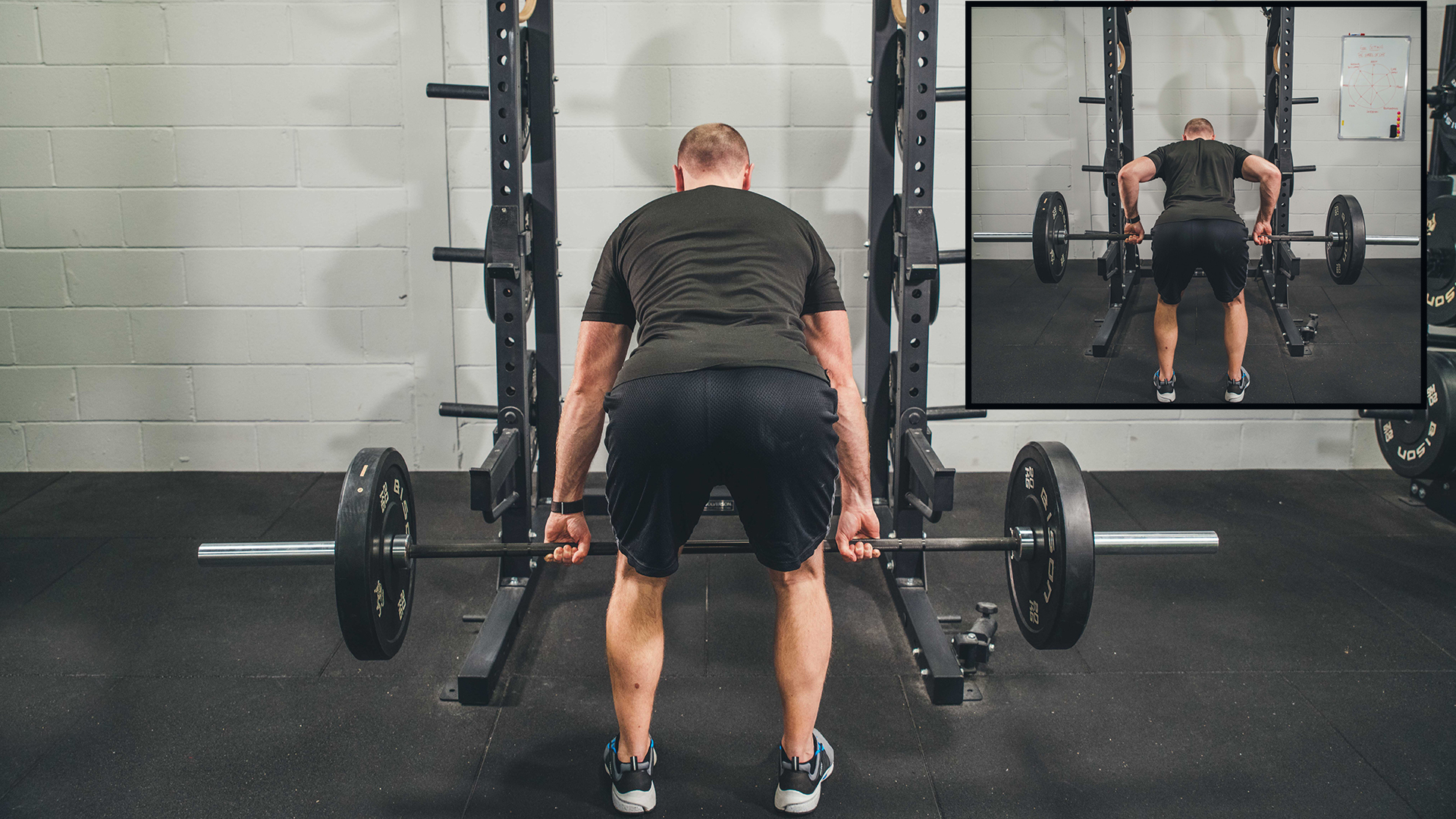
The bent-over row
Bent Over Row
Grip the bar just outside hip width, slightly bend your legs and lean forwards from the hips. Make sure to keep your back flat and aim to get as close to horizontal as you can.
Row the bar by pulling it up towards the chest until it touches your belly button and think about keeping your elbows out to the side a little to best hit the muscles of your back and shoulders.

Side plank to a stronger core
Now build a strong core
"Building your core strength is very important, too. And that doesn’t mean doing loads of sit ups and crunches," Russell says.
So finish your session with a Side Plank: Lie on your side on a mat (or something soft) with your right elbow and forearm resting on the floor. Lift your hips off the mat so only the sides of your feet and your right forearm are on the floor.
Squeeze your glutes (your butt muscles) and hold your body straight for 30-60 seconds. Then switch sides. Hit both sides twice.
- The BEST calisthenics workout
- The calisthenics workout used by Navy SEALs
- Not hard enough? This is THE hardest calisthenics workout
Leon has been writing about automotive and consumer tech for longer than he cares to divulge. When he’s not testing the latest fitness wearable and action camera, he’s out in a shed fawning over his motorcycles or trying not to kill himself on a mountain bike/surfboard/other extreme thing. He's also a man who knows his tools, and he's provided much of T3's drills coverage over the years, all without injuring himself.
-
 Leaked AirPods prototype looks like Nothing... literally
Leaked AirPods prototype looks like Nothing... literallyAnd we are here for them
By Britta O'Boyle Published
-
 OnePlus Watch 3 lands in the UK with a flurry of freebies and a huge discount
OnePlus Watch 3 lands in the UK with a flurry of freebies and a huge discountThe new titanium-clad smartwatch brings 120-hour battery life, ECG health checks, and some serious launch offers
By Matt Kollat Published
-
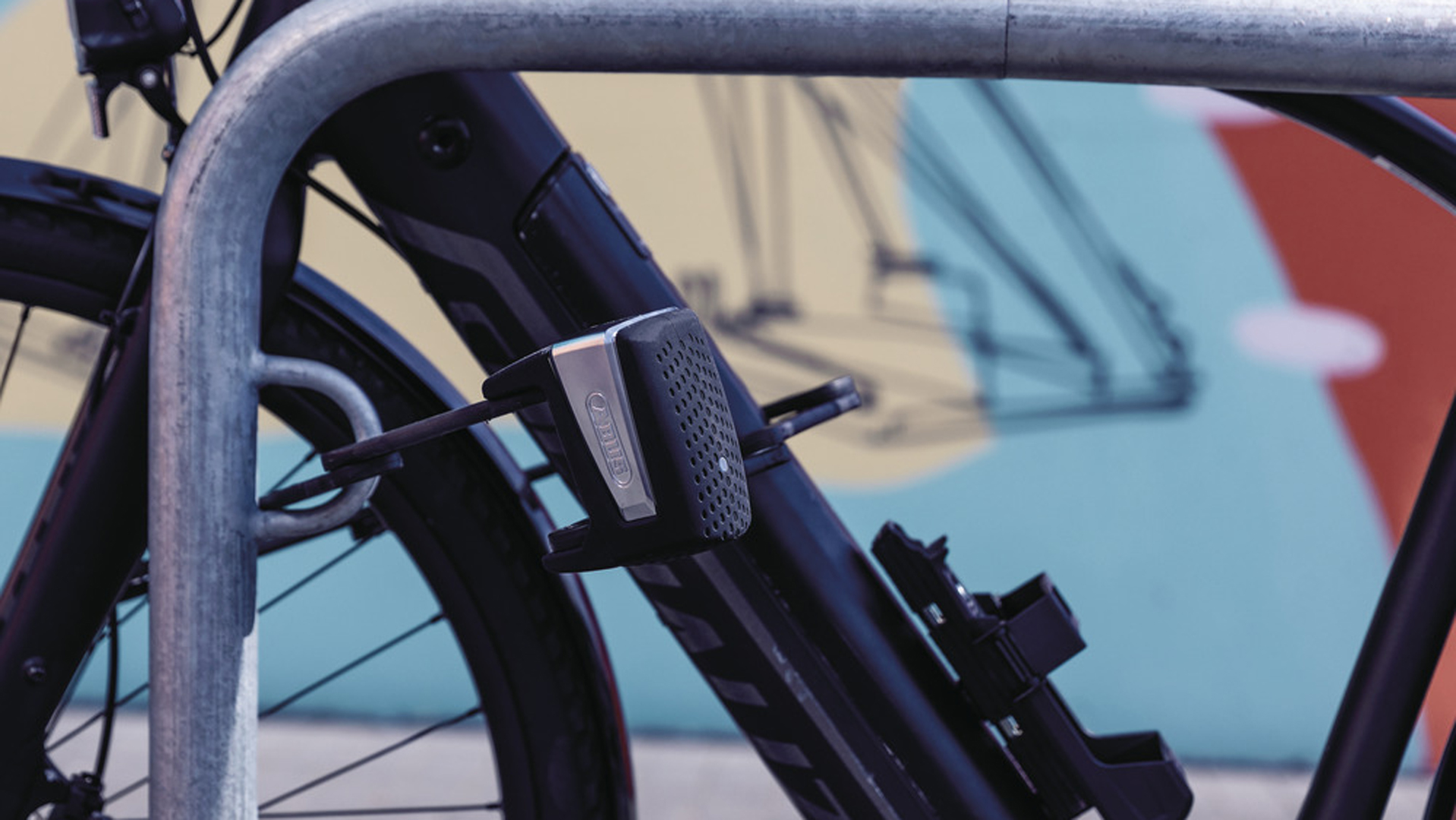 Abus Bordo 6500A SmartX review: Bluetooth bike lock and alarm
Abus Bordo 6500A SmartX review: Bluetooth bike lock and alarmAbus Bordo 6500A SmartX is a key-free, Bluetooth-enabled lock and anti-theft alarm that’s super secure
By Aoife Glass Published
-
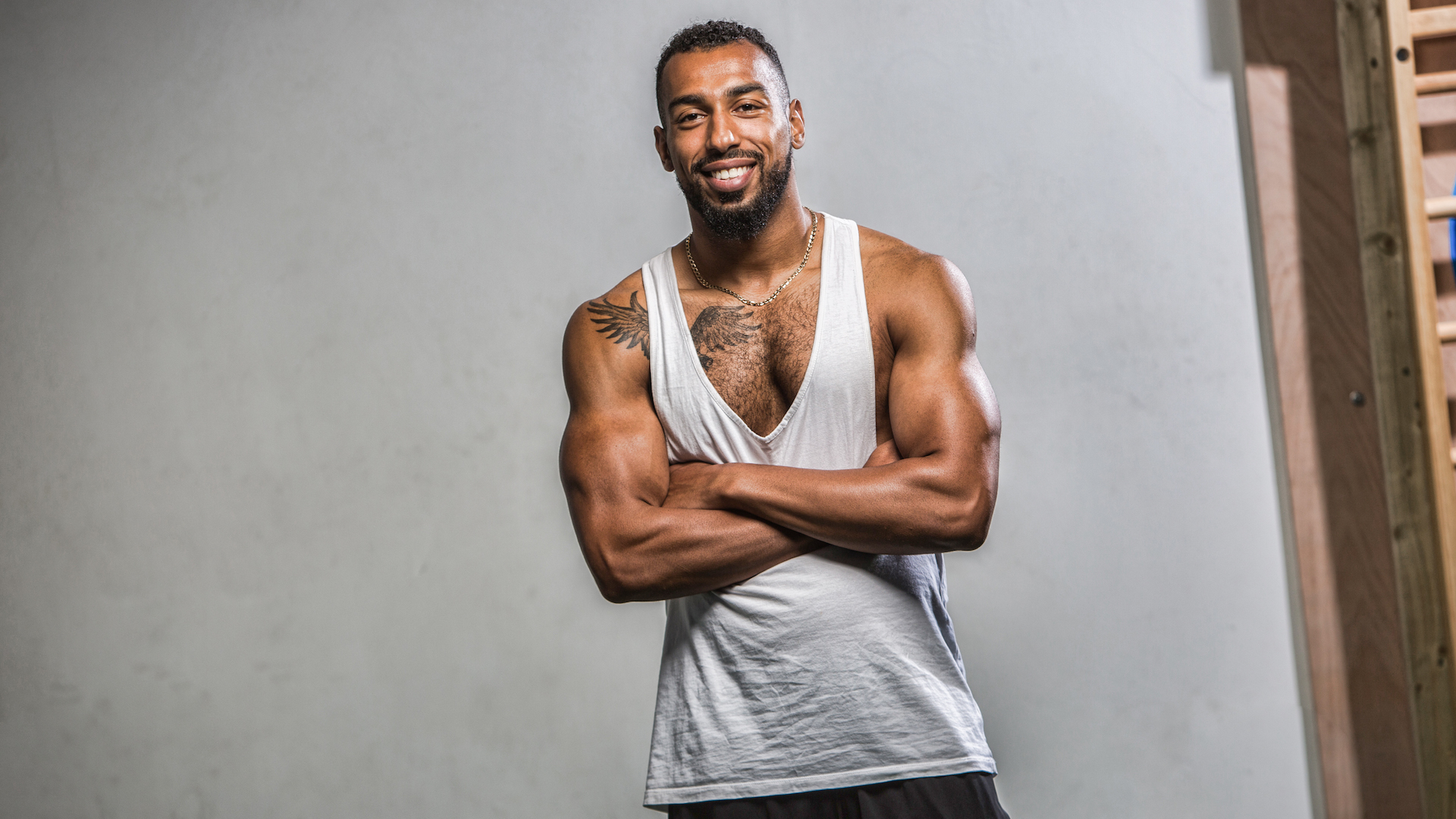 Home workout your way to a six pack with this no-gear power move for abs of steel
Home workout your way to a six pack with this no-gear power move for abs of steelEasy to explain but hard to do well
By Leon Poultney Last updated
-
 The best home workout kit to get stronger at home chosen by Alex Crockford
The best home workout kit to get stronger at home chosen by Alex CrockfordFeature Glow up your home workouts with the help of ultra-buff, frequently shirtless fitness expert Alex C
By Leon Poultney Published
-
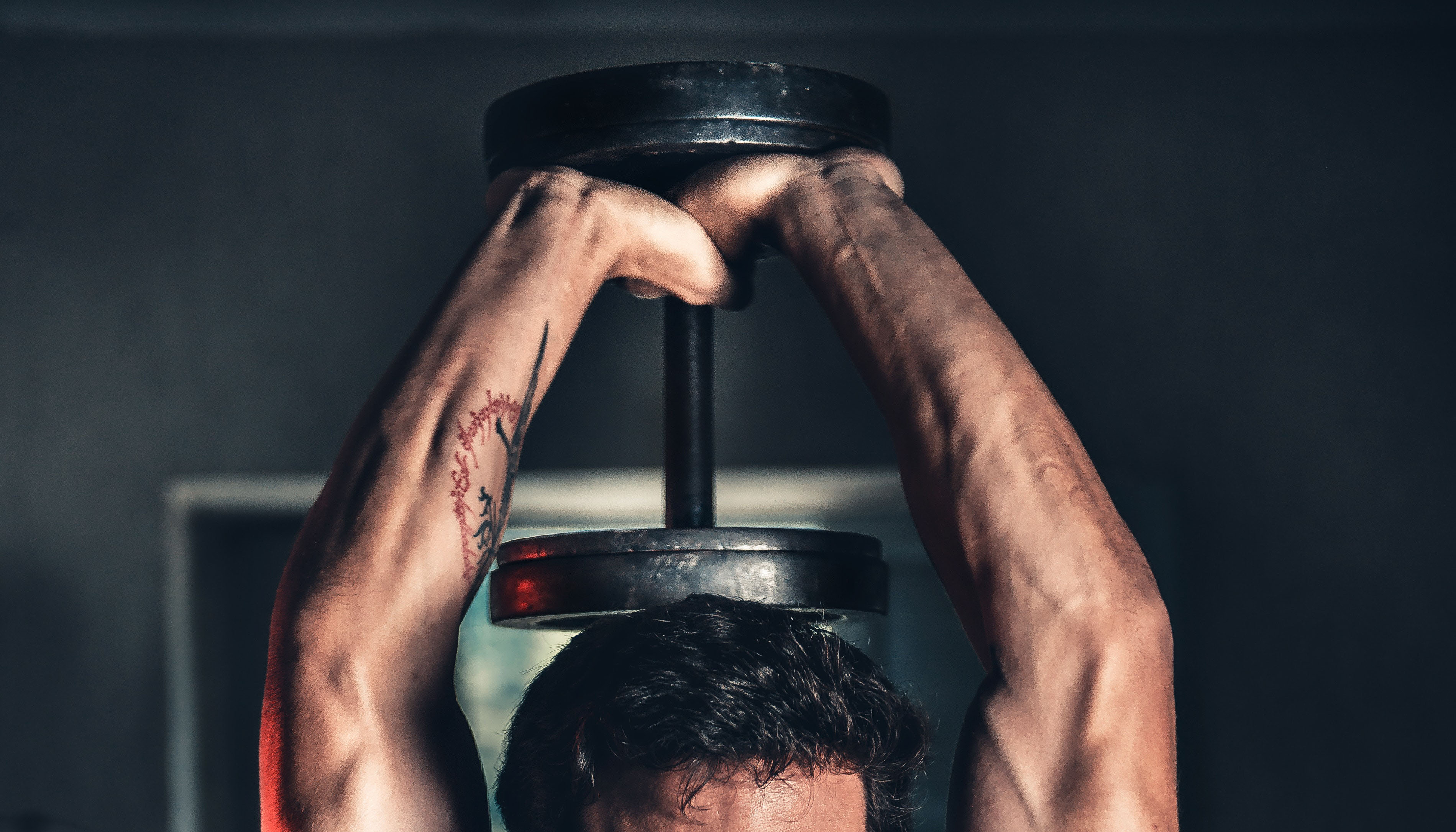 Best dumbbells 2025 for your home gym workouts
Best dumbbells 2025 for your home gym workoutsWe've found the best dumbbells to help you build muscle, increase strength, and burn fat
By Bryony Firth-Bernard Last updated
-
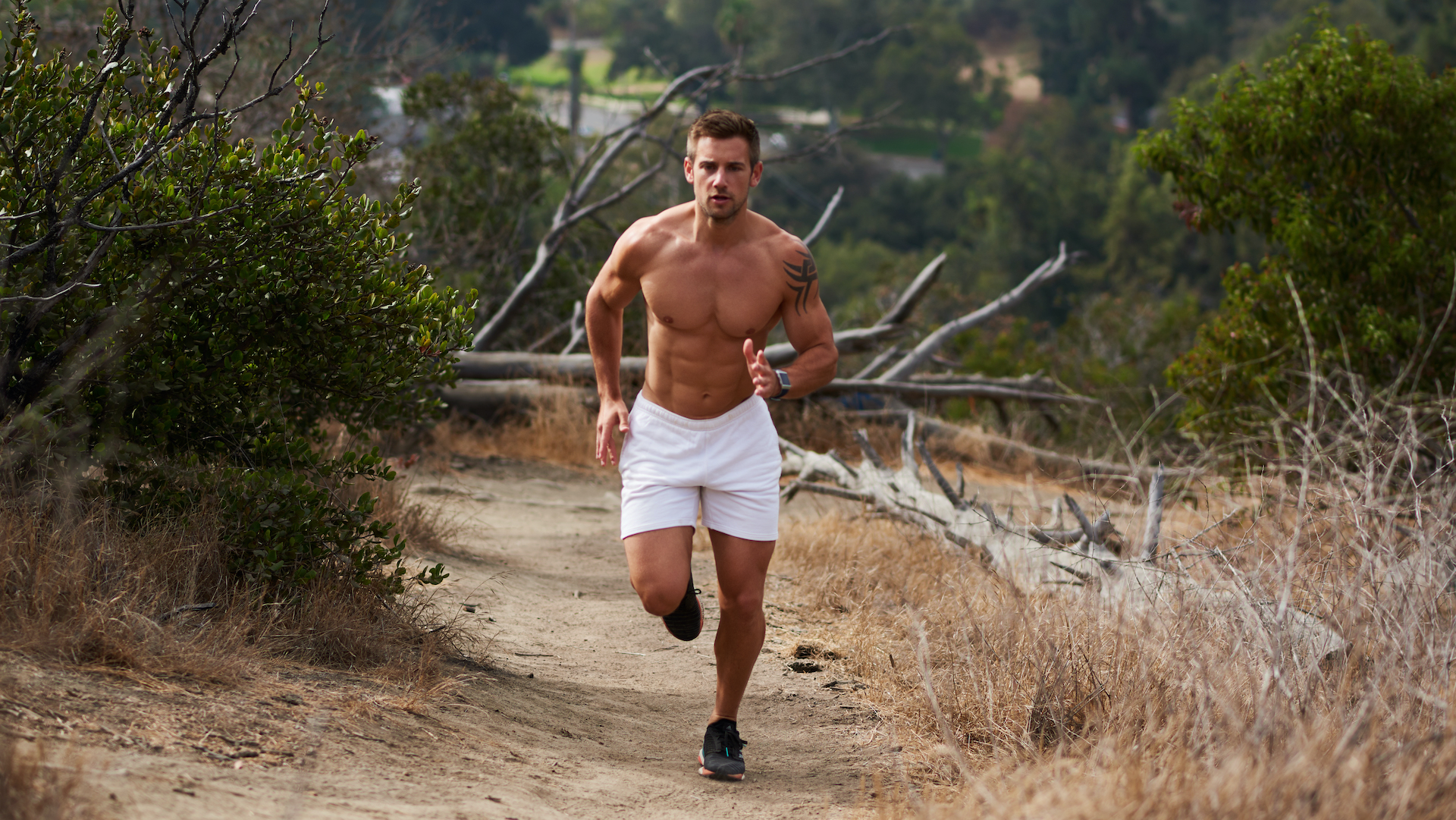 Want bigger shoulders? You need to try Alex Crockford's home workout
Want bigger shoulders? You need to try Alex Crockford's home workoutFitness model Alex shares his bulletproof workout. Just look at the shoulders on him!
By Leon Poultney Last updated
-
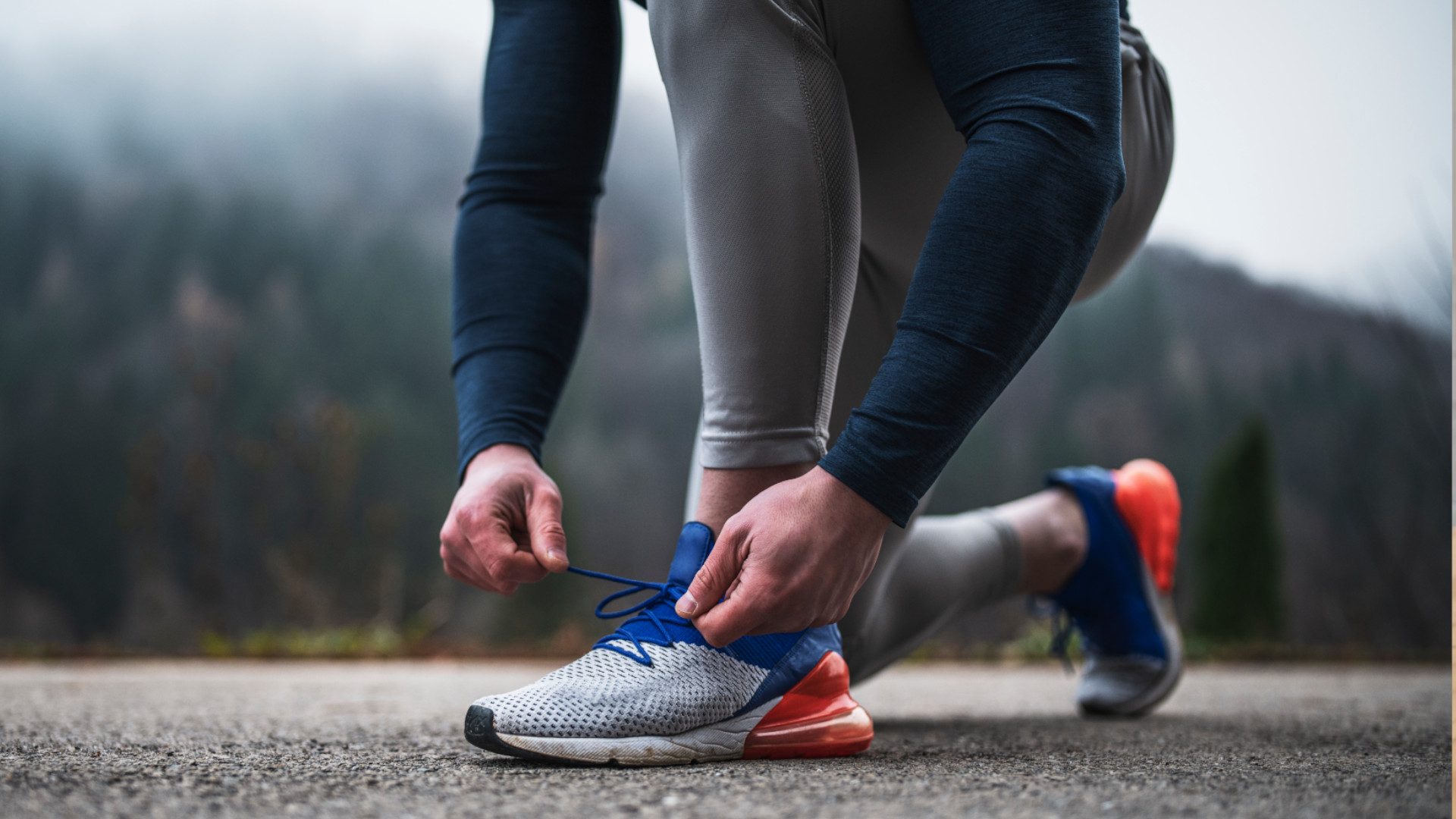 The best workout shoes 2025 to squat, leap and lift your way to fitness
The best workout shoes 2025 to squat, leap and lift your way to fitnessThe best workout shoes provide more support for lifting weights and improved grip for greater HIIT intensity
By Bryony Firth-Bernard Last updated
-
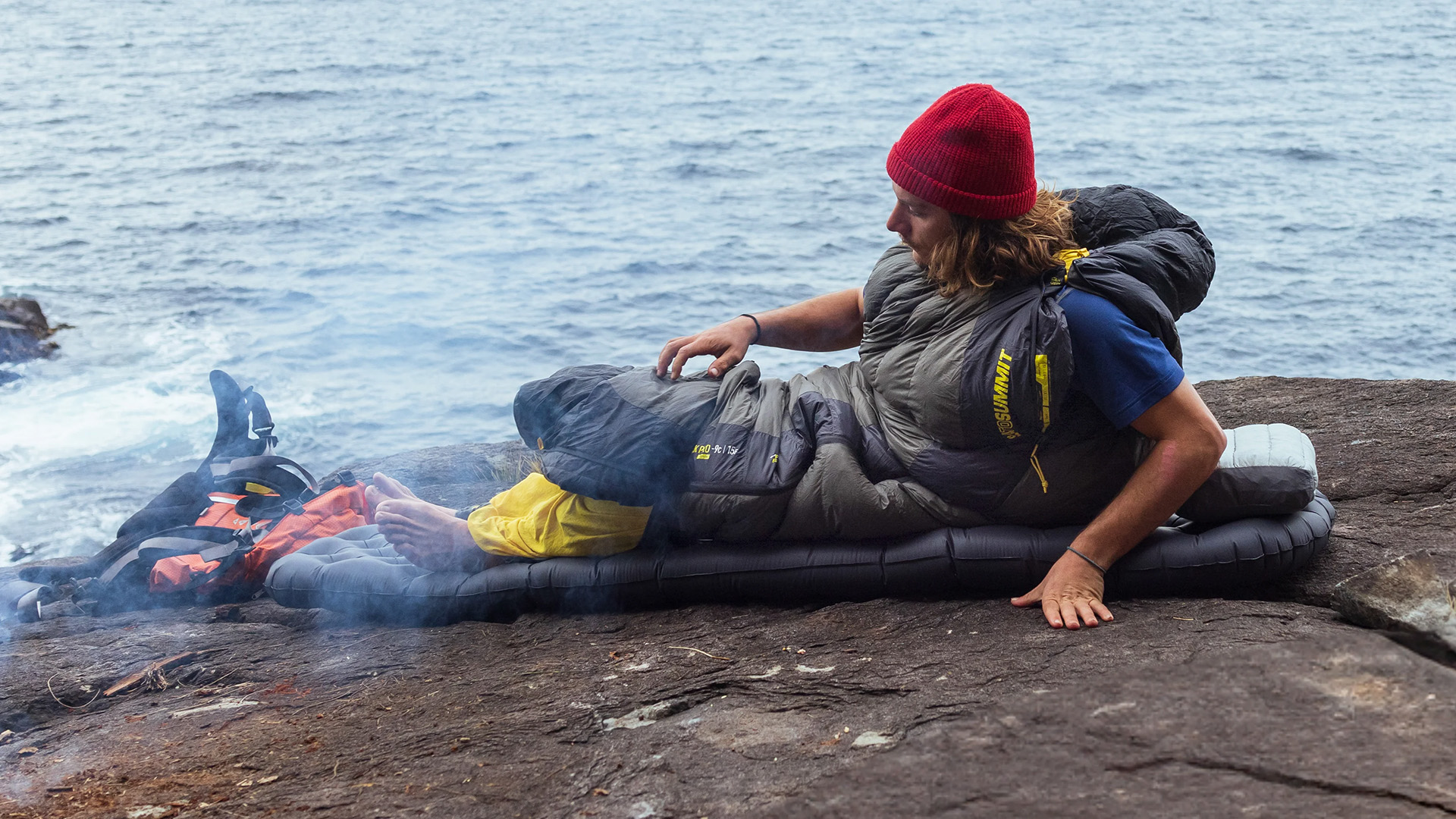 Best sleeping bag 2025: snuggle up under the stars
Best sleeping bag 2025: snuggle up under the starsDiscover the perfect bag to keep you comfy under the canopy of stars
By Matt Kollat Last updated
-
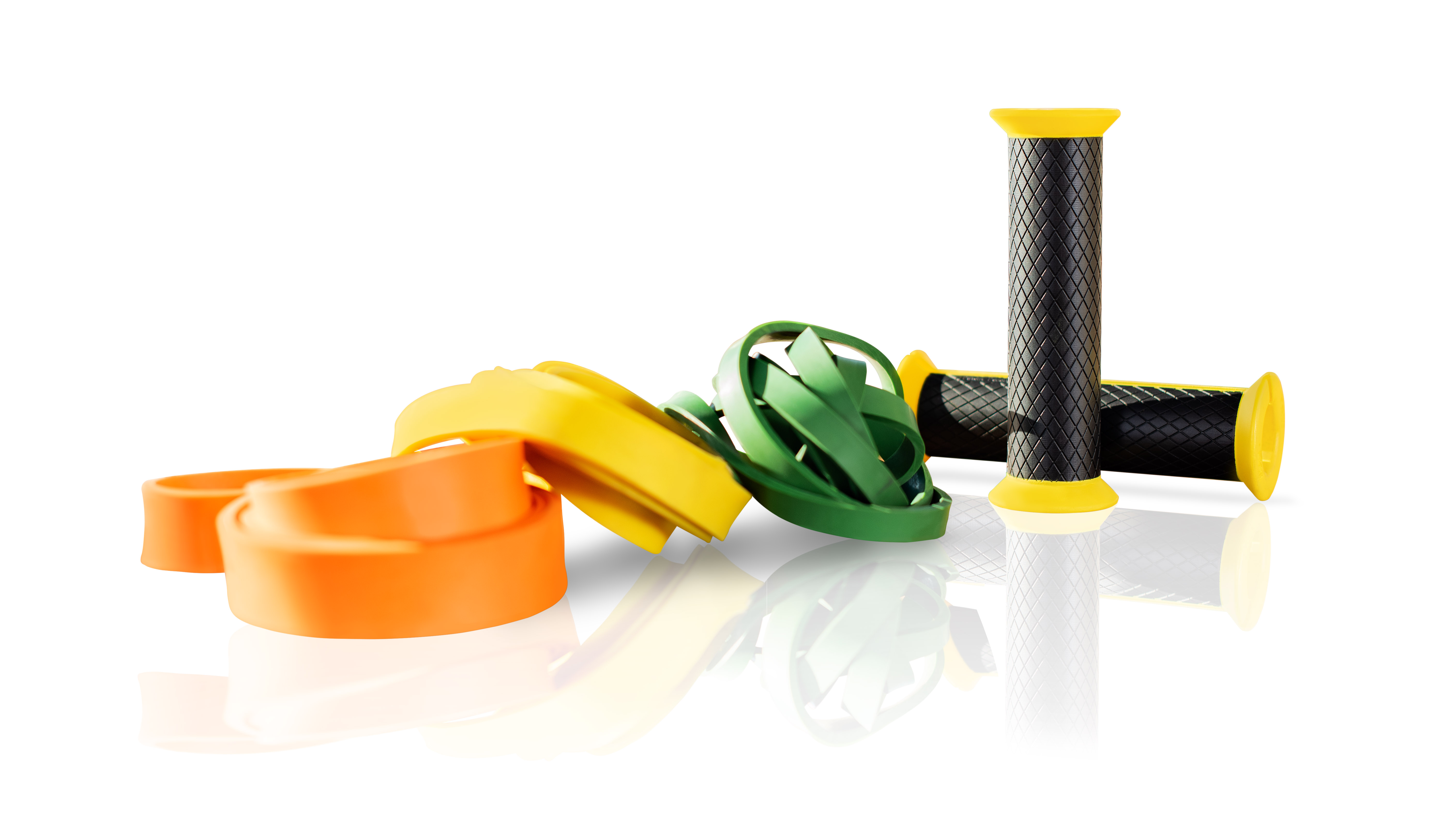 How to choose the best resistance bands for you
How to choose the best resistance bands for youEverything you need to know about buying a resistance band for all your muscle-pumping needs
By Lee Bell Published